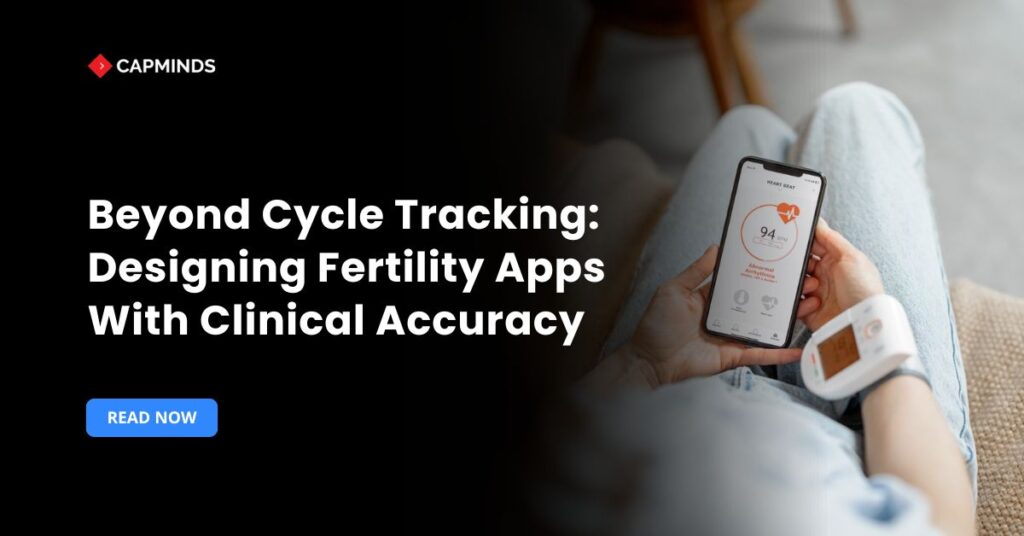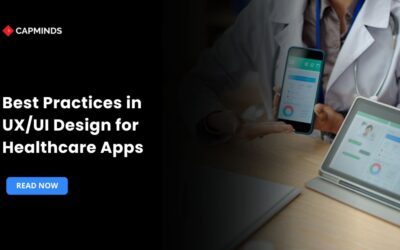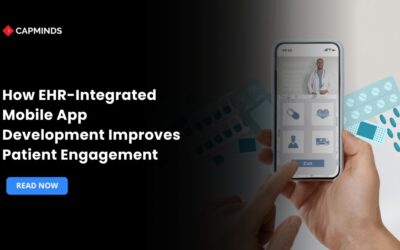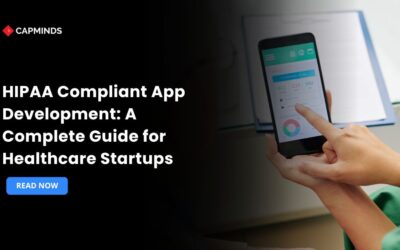Beyond Cycle Tracking: Designing Fertility Apps With Clinical Accuracy
Fertility problems are widespread — WHO estimates that roughly 17.5% of adults experience infertility at some point. In response to this growing demand, digital healthcare app development for women’s health, including fertility app development and menstrual tracking tools, is booming. Millions of women worldwide now use mobile fertility apps to monitor their cycles and plan pregnancies.
Yet basic calendar-based tracking has limitations. Traditional period apps simply log dates and predict ovulation by averaging past cycles. This yields highly variable accuracy: studies show simple calendar methods have ovulation prediction accuracy anywhere from 17% to 89%.
A wider “fertile window” helps catch true ovulation, but at the cost of reliability. Moreover, many women have irregular cycles that calendar algorithms struggle to model. Cycle tracking alone is often too imprecise for clinical use. Without extra data inputs or adaptive algorithms, simple tracking can mislead users, for example, by overestimating or missing the actual fertile days.
Key Elements of Clinical Accuracy
Clinically robust fertility apps go beyond dates, integrating multiple physiological signals and user inputs. For example, adding biometric markers like basal body temperature, luteinizing hormone test results, or cervical mucus observations can dramatically improve predictions.
Integrating BBT into algorithms can lower failure rates. An app designed with multiple fertility indicators can yield far more reliable fertile window estimates and empower couples with better timing.
1. Data inputs
High-accuracy apps request a variety of health data. Besides period start dates, users might log daily temperature, LH test strips, and symptoms.
Wearables or smart thermometers can automate data collection. In effect, the app becomes a lightweight home fertility monitoring kit, replacing more expensive medical tests.
2. Adaptive algorithms
The app’s predictive model should learn from the individual user’s history. For instance, apps like “Dot” have shown that adjusting predictions based on each person’s cycle variability greatly improves accuracy.
Clinical-grade apps ideally use machine learning or statistical methods trained on large datasets. They might incorporate published research into their calculations. Crucially, the algorithm must update as the user’s pattern changes.
3. Evidence-based design
To earn trust, a fertility app should be developed in consultation with reproductive health experts and based on clinical evidence. For example, a study comparing one app’s ovulation timing to biomarker studies found its high-probability conception days aligned with the five days before ovulation.
A credible app often undergoes clinical validation or pilots. Some digital trackers have even been evaluated in trials to confirm that using the app does indeed raise conception chances. When designing an app, citing such evidence and possibly publishing validation data can signal reliability to providers.
Related: Build vs. Buy: Should You Create Your Fertility App for Patient Engagement?
Ensuring Data Quality and Engagement
A critical design challenge is user adherence. Even the best algorithm fails if users don’t enter data consistently. Studies find that data gaps can significantly degrade accuracy.
Almost half of the menstrual cycles lacked sufficient temperature data to determine ovulation. Missing inputs were often due to user fatigue or illness. To mitigate this, designers can:
- Minimize burden: Request only essential inputs, and use auto-sync from devices when possible. For example, pairing with smart thermometers or wearable sensors can capture overnight vitals without extra steps.
- Flexible reminders: While reminders can boost logging, they may annoy some users. Research shows that over 50% of app users dislike overly persistent notifications. Providing optional reminder settings helps balance accuracy with user autonomy.
- Educational support: Embedding quick guidance or learning modules can pay off. One fertility app study found that when users took a brief family-planning course, they entered data more completely and used the app longer.
The user experience should therefore be designed for simplicity and trust. High-quality graphics, clear explanations of predictions, and an empathetic tone can reduce anxiety around conception.
A well-designed app becomes an engagement tool: patients feel “supported” between visits, potentially improving satisfaction and outcomes.
Privacy, Security, and Compliance
Fertility apps handle extremely sensitive health information. Developers must build in privacy and security from day one. HIPAA compliance and similar data protection standards are non-negotiable if the app stores identifiable health data or connects with healthcare providers. In the U.S., many standalone period apps fall outside HIPAA, but a clinic-developed app certainly would be a “covered entity” if integrated with patient records. For example, under GDPR, menstrual data is treated as a “special category” of personal data, requiring stringent safeguards.
Key practices include:
- Data encryption: All transmitted and stored data must be encrypted to prevent breaches.
- Minimal data retention: Only keep what’s strictly needed for predictions and care. Anonymize or aggregate data used for improving algorithms.
- Transparent policies: Clearly explain in user consent screens what data is collected and why. Patients should know if their de-identified data might be used for research or sold to third parties.
- Regulatory clearance: If the app makes any medical claims, it may be classified as a medical device. Even if not formally regulated, adhering to medical device software standards is wise. The goal is clinical-grade trust: users and providers must trust that the app’s predictions meet healthcare quality levels.
Privacy also intersects with public debate. Recent analyses warn that personal cycle data is a “goldmine” for profiling, and can be misused in advertising or even legal contexts.
Users have become aware of these risks. By contrast, a fertility app developed through a healthcare provider can position itself as the privacy-respecting alternative: one that does not sell user data and adheres to medical ethics. This commitment can be a major selling point to patients concerned about confidentiality.
Integration with Care and Market Potential
For fertility clinics and health IT buyers, a well-designed app is more than a product; it’s a tool that can integrate into care pathways. Connecting the app to the clinic’s electronic health record can let physicians review patient data remotely. This data-driven continuity supports personalized treatment plans and may reduce no-shows.
The value proposition is strong: a proprietary or partnered app can differentiate a clinic in a competitive market, attract tech-savvy patients, and potentially improve treatment success rates.
Market dynamics reinforce this. Millions of women want digital support, and clinics that meet this demand could see higher patient acquisition and retention.
- One report notes that global women’s health apps are experiencing double-digit annual growth and that about half of women globally use health apps, with fertility tracking being a major segment.
- The huge femtech expansion means ample opportunity. In essence, investing in a clinically accurate fertility app is becoming a business imperative for forward-thinking providers.
Empower Your Fertility Practice with CapMinds Digital Solutions
At CapMinds, we help fertility clinics and hospitals navigate the “build vs. buy” decision with confidence.
Whether you’re looking to launch a ready-to-go patient engagement app or develop a fully customized fertility platform from scratch, our team delivers secure, scalable, and HIPAA-compliant solutions tailored to your goals.
Here’s how we support your digital patient engagement journey:
- Custom Fertility App Development – Built to match your clinic’s workflows, branding, and unique care protocols
- Pre-Built Patient Engagement Platforms – Fast deployment with powerful features like reminders, messaging, and cycle tracking
- Mobile App Integration – Seamless connection with your EHR, lab systems, and scheduling tools
- Regulatory Compliance & Data Security – HIPAA-compliant design with robust privacy controls
- Ongoing Support & Optimization – Continuous updates, enhancements, and patient experience improvements
Let CapMinds be your partner in digital fertility care transformation. Get in touch today for a free consultation!




